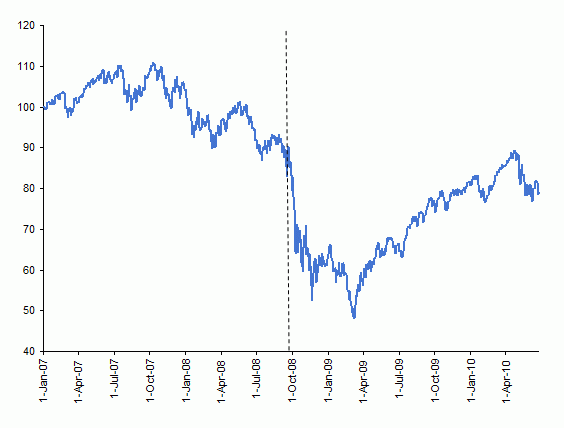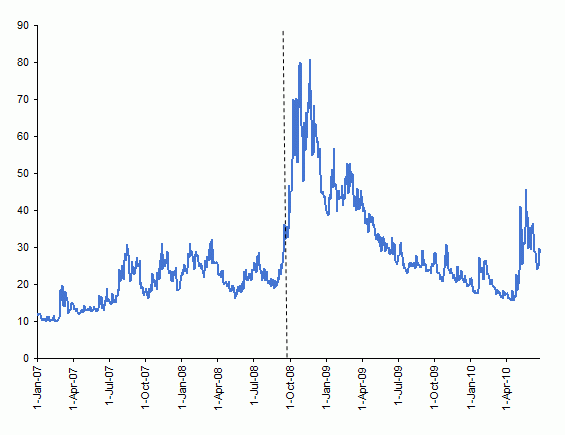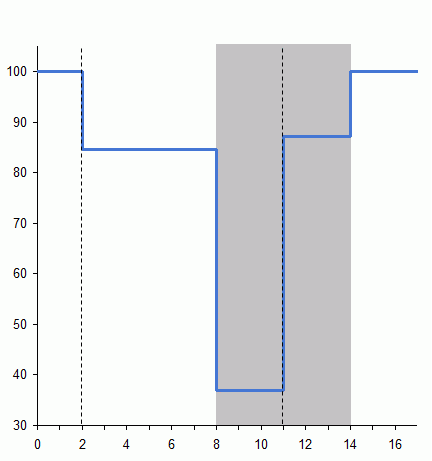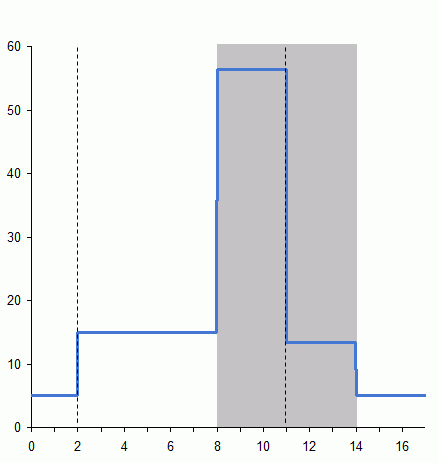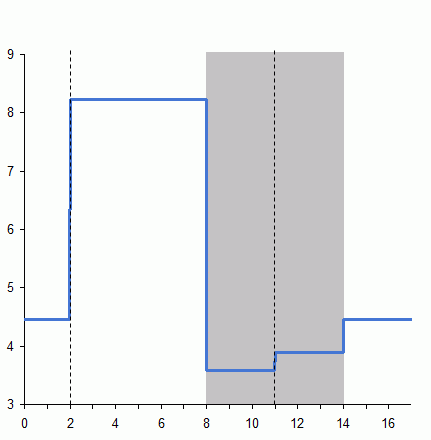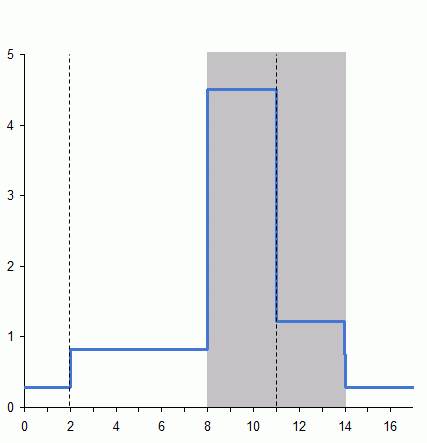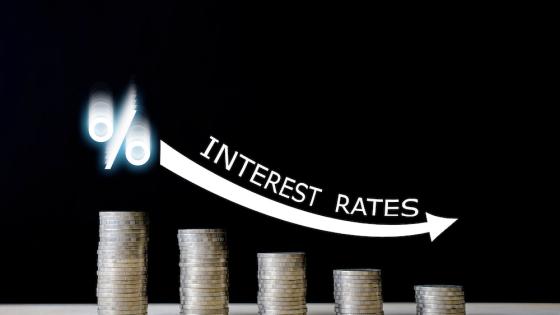The economy’s performance in recent years raises questions.
- Why did the world economy plunge into the worst recession since the Great Depression in the wake of the Lehman Brothers failure?
- Why did fiscal problems in a small open economy such as Greece trigger a sharp drop in global stock markets?
Changes in economic fundamentals do not offer a satisfactory explanation. This is not to say that the crises entailed no fundamental elements. For instance, the fall of Lehman Brothers revealed the true depth of the subprime problems – even though a full year had then elapsed since the beginning of the crisis. Yet it is hard to attribute the massive reaction in global markets to fundamentals, even if we allow for the types of feedback loops stressed by Brunnermeier and Pedersen (2009). In addition, the international transmission of the crisis does not square well with countries’ exposure to losses on US mortgage securities (Kamin and Pounder 2010).
In recent research, we offer an explanation for such movements that focuses on shifts in risk perceptions (Bacchetta et al. 2010). Risk clearly plays a central role, as illustrated in Figure 1 which shows US stock prices and the VIX index measuring risk. We clearly see that large declines in asset prices are associated with surges in risk. In addition, the risk measure itself becomes more volatile at times of crisis. Time-varying risk is clearly a major feature of the crisis.
Figure 1. Asset prices and risk
a) Stock prices
b) Risk
Self-fulfilling shifts in risk
Our theory focuses on time-varying risk where large swings occur when the economy shifts between equilibria. The basic ingredient of this framework is the assertion that the current price of risky assets depends on risk associated with the future asset price. Since the future asset price then in turn depends on future risk perceptions, this means that risk today depends on uncertainty associated with risk tomorrow. Therefore asset price risk does not just depend on uncertainty associated with future dividends but also on uncertainty associated with future risk itself. This dependence of risk on uncertainty about future risk creates the possibility of self-fulfilling shifts in risk.
We show that such self-fulfilling shifts in risk are coordinated around a variable, which can either be a pure sunspot variable or a macro fundamental. In the latter case the macro variable takes on a role that is entirely separate from its fundamental role. It becomes a focal point for self-fulfilling shifts in risk. As a result the asset price becomes much more sensitive to fluctuations in that variable than based on its fundamental role alone. Following the language adopted by Manuelli and Peck (1992), we refer to this as a “sunspot-like” equilibrium as the self-fulfilling risk shifts are unrelated to the fundamental role of the macro variable.
In addition to fundamental and sunspot-like equilibria, there are also “switching equilibria” where the economy switches between a high- and low-risk state. The low risk state is like the fundamental equilibrium and the high-risk state is like the sunspot-like equilibrium, except that agents now take into account the possibility of switching to the other state.
A switch from the low- to the high-risk state is a “risk panic”. When this occurs a macro variable suddenly becomes the focal point for a self-fulfilling shift in risk. This sets off a spike in risk and a drop in equity prices. While the panic is not caused by a change in the fundamental, its magnitude is larger when the macro fundamental around which the shift in risk perceptions is coordinated is weak. Subsequent to the panic the stock price becomes much more sensitive to any news about the macro fundamental, as it remains a focal point for shifts in risk perceptions in the high risk state.
Reading the 2007-2008 financial crisis as a shift between equilibria
Based on the above logic, we develop a simple general portfolio choice model with features related to the recent crisis. We consider a mean-variance framework where the share that investors put in risky assets is proportional to their excess return over risk free assets and inversely proportional to the variance in the return, including the future asset price.
Our framework is able to replicate the pattern of the current crisis with limited movements in risk and asset prices in an initial stage followed by an asset price collapse and a surge in risk. We consider an environment where only some agents (investors) purchase the risky asset. The state variable is the wealth of investors. The level and risk of asset prices then reflects the interaction between the wealth of investors and the risk state of the economy.
This interaction is illustrated by a stylised experiment where we alternatively shift the wealth of investors and the risk state. The paths of the equity price and its standard deviation (risk) are presented in Figure 2. The economy is initially in the low risk state. In period 2 (dotted line) the wealth of investors exogenously falls. This shift is intended to capture the losses suffered by leveraged institutions. The economy remains in the low risk state. In period 8 (beginning of the grey area) the economy shifts to the high risk state, without any change in the wealth of investors. The wealth of investors is restored to its initial value in period 11 (dotted line) for instance through a recapitalisation of leveraged institutions. The economy remains in the high risk state until period 14, where it shifts back to the low risk state. Our scenario therefore covers all combinations of wealth and risk states. We clearly see that low wealth or high risk are not sufficient by themselves to push the economy into a major crisis situation. While they lower asset prices and make them riskier, the magnitude of the effects is small. The combination of low wealth and high risk (periods 8-11) is however a potent one, leading to a collapse in asset prices and a surge in risk.
Figure 2. Paths of the equity price
a) Equity Price
b) Risk Equity Price
Our stylised approach generates a pattern consistent with the crisis. From the summer of 2007 to the fall of Lehman Brothers, the weakened fundamental only had a moderate impact on prices and risk. That impact was massively magnified when the wealth of investors, i.e. net worth of leveraged institutions, suddenly took on the additional role as coordination device for a self-fulfilling increase in risk.
In addition to asset prices and volatility, the model has implications for other important variables, such as leverage and liquidity. Investors finance their holdings of risky assets with their own wealth and borrowing through bonds. Leverage is the ratio between investors’ holdings of risky assets and their own wealth. Liquidity reflects the impact of wealth shifts on the expected excess payoff of the risky asset (with a high value denoting an illiquid market). Figure 3 shows that investors’ leverage actually increases in the initial phase of the crisis to collapse in the risk panic. This is consistent with the data. Illiquidity slightly increases in the initial stage and surges in the panic.
Figure 3. Leverage and illiquidity paths
a) Leverage
b) Illiquidity
It is important to realise that a risk panic is not accompanied by any change in the fundamental in our experiment. What changes is the way the fundamental is read, as investors primarily use it as a focal point for risk perceptions in the high risk state. For example, Greek debt suddenly takes an important role by becoming the focal point for a self-fulfilling increase in investors’ risk perceptions.
References
Bacchetta, Philippe, Cédric Tille, and Eric van Wincoop (2010), “Self-Fullfilling Risk Panics”, CEPR Discussion Paper 7920
Brunnermeier, Markus and Lasse Heje Pedersen (2009), “Market Liquidity and Funding Liquidity”, Review of Financial Studies 22:2201-2238.
Kamin, Steven and Laurie Pounder (2010), “How Did a Domestic Housing Slump Turn into a Global Financial Crisis?”, International Finance Discussion Paper 994, Board of Governors of the Federal Reserve.
Manuelli, Rodolfo and James Peck (1992), “Sunspot-like Effects of Random Endowments,” Journal of Economic Dynamics and Control, 16:193-206.



